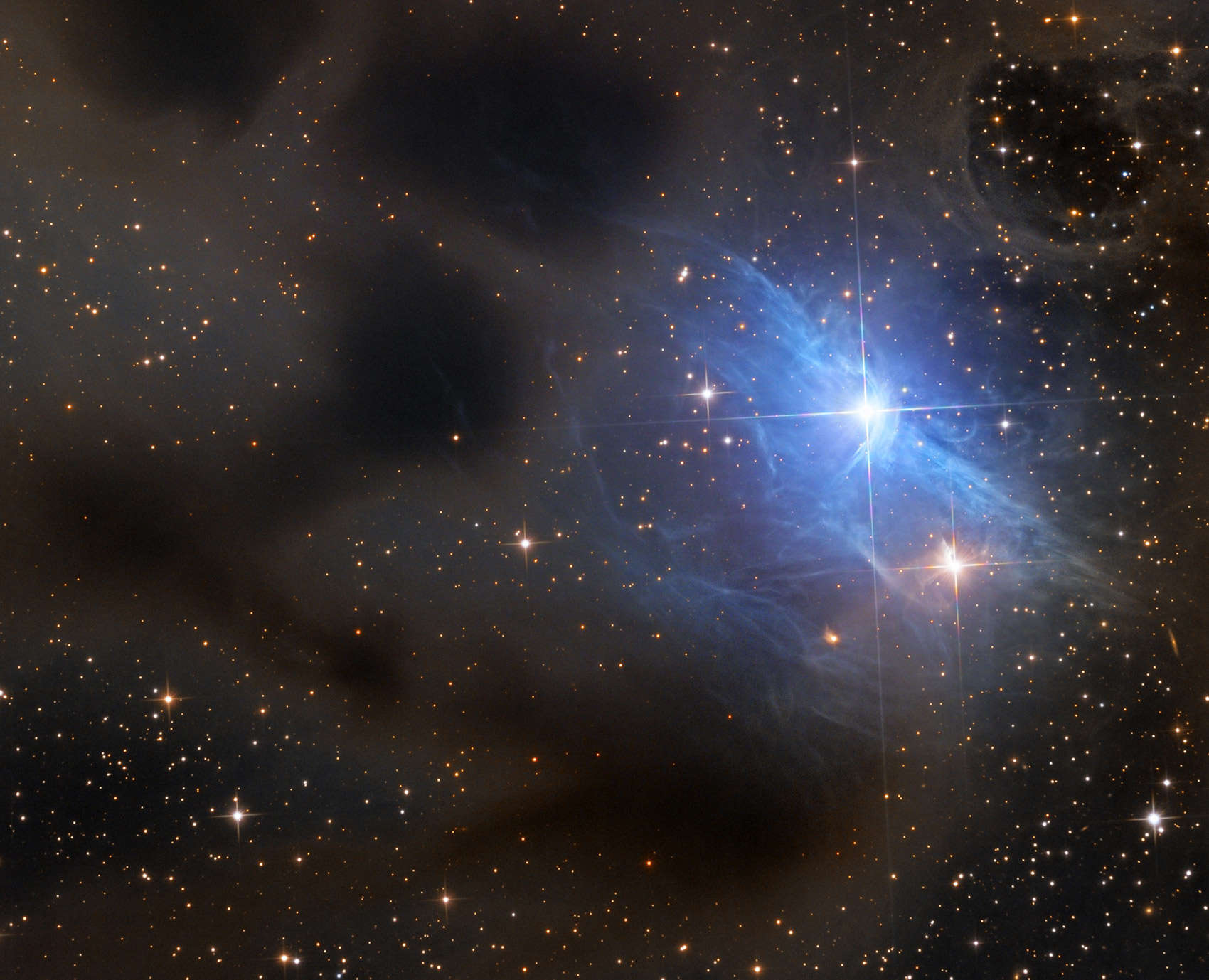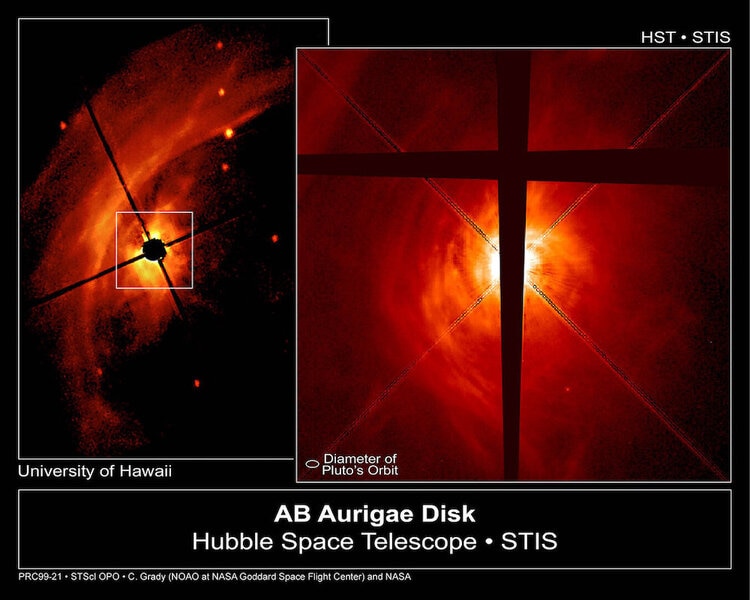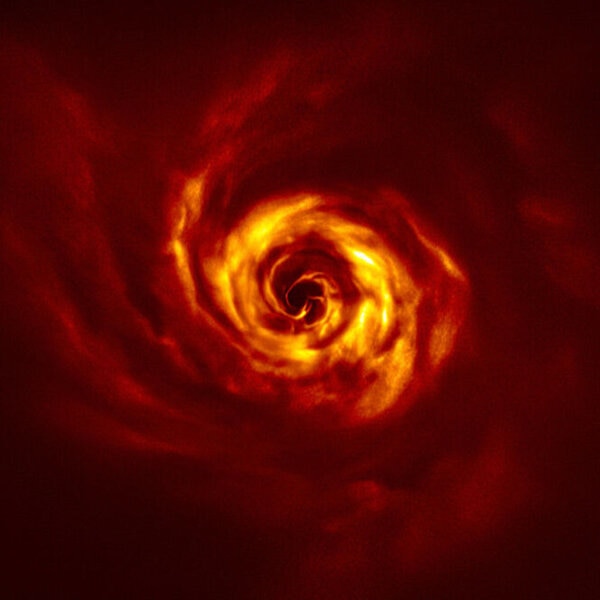Create a free profile to get unlimited access to exclusive videos, sweepstakes, and more!
The delicate beauty of illuminated dust

Even the darkest cloud is a work of art, when it is illuminated sufficiently.
This is true on Earth even as it is in the heavens.
When stars die, sometimes after billions of years of creating energy and light in their cores, they can bloat up into swollen red giants, enormous and luminous objects. Silicon and carbon in their upper layers can blow out into the space around them, cooling and condensing into grains of material astronomers call dust.
The galaxy is littered with dense clouds of dust, blocking our view of stars behind them due to their opacity. They can appear brown or black, like holes in space, dark and forbidding.
But dust also appears in clouds where stars are being born, and sometimes these infant stars are massive and blue, sending out vast amounts of energy into their birth nebula. And when they do the dust around them reflects that light, sending some of it Earthward, and we see those clouds not as voids but as lustrous, cerulean, even gossamer cosmic threads.
Behold, vdB31.
This is the 31st object cataloged by astronomer Sidney van den Bergh in his list of dark clouds reflecting starlight. Indeed, we call these reflection nebulae to distinguish them from gas clouds glowing under their own power (called emission nebulae).
In this image taken by my friend and astronomer Adam Block, the bright star illuminating vdB31 is called AB Aurigae, an extremely young star just 4 million or so years old, still in the process of settling down after its birth. It has more than twice the mass of the Sun, and is fiercely hot and luminous, visible in binoculars despite its distance of well over 500 light years.
AB Aurigae is so hot it puts out most of its light in the blue part of the spectrum. Moreover, the tiny grains of silicates and carbon tend to let red light pass by them even while blue light tends to be scattered off them, sent in semi-random directions. These factors combine to create the incredibly lovely blue glow to the dust hanging in space around the star. Without it, the wisps and filaments in the dust would be invisible to our eyes.
The star is moving through space as well, and the arc of material immediately to the star's right may be due to that; the star blows a wind of particles that may be pushing against the dust, creating that bow wave.
On a scale far too small to be seen in Block's image but revealed in Hubble Space Telescope images taken in the 1990s, the star is embedded in a disk of material from which it formed, hinting at a spiral structure in the disk. Indeed, more recent observations taken using the Very Large Telescope show this pattern very clearly, one that's expected if planets are forming in it. One arm of the spiral shows a distinctive kink in it that may be where such a planet is located.
AB Aurigae runs through its nuclear fuel more profligately than the Sun does, and has a lifespan perhaps only one-tenth as long — roughly about a billion years. The star is young, and has a long life ahead of it, but an eon from now it too will run low on fuel, enlarge into a vast red giant, and blow dust out into the galaxy. It will have long since left the dusty confines of its location now, but I wonder where it will be, a billion years hence? Will it move through space alone, eructating dark clouds into the vacuum, or will it be coincidentally in yet another region of space with copious gas and dust, adding to the medium around it?
Either way, stars both taketh and giveth. Dust to dust.
All this we know, deduced from images and observations like the ones above.
I was recently interviewed for a podcast and asked why I love astronomy so deeply. I said that the science of it is so amazing and interesting, but it's also just so profoundly exquisite, with objects scattered across the sky of surpassing beauty.
I hope I have shown you an example of this here, and that you agree... upon reflection.

















